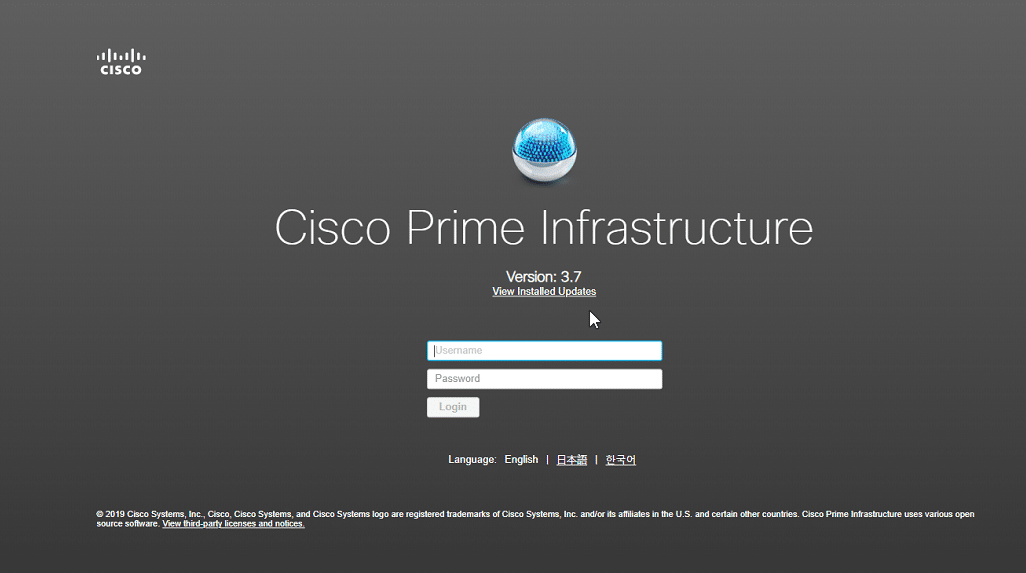
Overview
Big data refers to the enormous amount of data, both organized and unstructured, that a corporation must deal with on a daily basis. However, what matters isn’t how much data there is. What businesses do with the data is what counts. Big data analysis can produce insights that help with strategic business decisions and better decisions overall.
Although the phrase “big data” is relatively new, the practice of capturing and storing massive volumes of data for the later study is centuries old. Early in the new millennium, industry analyst Doug Laney presented the now-accepted definition of big data as the three V’s:
Volume: Data is gathered by organizations from a range of sources, such as social media, business transactions, and sensor or machine-to-machine data. It would have been difficult to store it in the past, but new technologies (like Hadoop) have made it easier.
Velocity: Data comes in at an incredible rate and needs to be processed quickly. The demand for handling massive amounts of data in close to real-time is being driven by RFID tags, sensors, and smart meters.
Variety: Data comes in a wide range of formats, including unstructured text documents, emails, videos, audio, stock ticker data, and financial transactions, in addition to the organized, numeric information found in conventional databases.
Expanding Big Data
There are many ways to increase the size of big data. One is to include more information sources. For instance, a company might begin by gathering information on consumer transactions. Then, they might include data from email, social media, and other sources.
Increasing the granularity of the data is another method for enlarging large data. As an illustration, a company might begin by gathering data every month. Then they might start gathering data every week or perhaps every day.
Organizations can employ advanced analytics to glean deeper insights from their data in addition to expanding the number of data sources and fine-tuning the data. To find patterns or trends in the data that would be challenging or impossible to find through conventional analysis, this may require employing machine learning algorithms, predictive analytics, or other cutting-edge techniques.
Big Data’s Impact on Society
Our world is being significantly impacted by big data. Big data can offer businesses insightful information that can be used to improve decision-making, customer satisfaction, and efficiency. Big data can be used by a store, for instance, to examine client purchasing trends and pinpoint combinations of goods that are commonly purchased. Then, you may utilize this knowledge to improve product positioning and boost sales.
Big data is also altering healthcare. Healthcare organizations can spot patterns and trends in patient health that would be challenging or impossible to find through conventional analysis by gathering and analyzing vast amounts of medical data. This may result in better patient outcomes, more precise diagnosis, and more efficient therapies.
Big data is being used to help students do better in the field of education. By collecting and analyzing data on how well students do in school, teachers can figure out where students are having trouble and help them succeed. This can help students do better in school and have better long-term outcomes.
Big data does, however, present certain difficulties. The enormous amounts of data that are generated present one of the major obstacles in organizing and processing. This calls for a sizable amount of processing and storage power, as well as specific tools and methods for data analysis.
Big data security is yet another important issue. The likelihood of cyberattacks and data breaches rises as more data is gathered and kept. Big data organizations must take precautions to safeguard their data as well as the privacy and security of individuals.
In conclusion, big data is a revolutionary technology that is revolutionizing how we work and live. Organizations can get insightful knowledge that helps them make better decisions, increase efficiency, and spur innovation by gathering and analyzing enormous amounts of data. Big data is being utilized to solve complicated issues and provide practical benefits in a variety of industries, including retail, healthcare, and education.
However, it is impossible to overlook the difficulties presented by large data. Organizations must make the infrastructure and tool investments necessary to handle and analyze their data as the amount, velocity, and variety of data keep increasing. They must also take action to safeguard the security and privacy of the data they gather.
But the advantages of big data exceed the drawbacks by a wide margin. Organizations have never-before-seen opportunities to innovate and spur growth thanks to the ability to collect, store, and analyze huge volumes of data. They can keep ahead of the competition and produce new value for stakeholders and customers by utilizing the power of big data.
Big data is revolutionizing how we work and live while opening previously unimaginable potential for development and creativity. Organizations can acquire important insights that assist them in making better decisions and generating tangible advantages by adopting big data and investing in the tools and infrastructure required to manage and analyze data. However, as data volume increases, it is essential that businesses take action to safeguard individual privacy and security and guarantee that the advantages of big data are distributed fairly.


